Docking
Autodock VinaXB for molecular docking of protein complexes containing halogen bonding interactions

Molecular docking is the most widely used technique which is used to predict the binding affinities and bound conformations of a ligand and protein complex. Autodock Vina [1] is one of the most widely used docking software for structure-based drug designing.
Halogen bonding interactions exist between the protein and ligands containing halogens [2]. Protein data bank (PDB) [3] contains more than 200 entries of such protein complexes. This halogen bonding is used for lead optimization in rational drug design [4]. Most of the docking software do not include halogen bonding in their scoring functions and therefore, unable to successfully predict the bound conformations for such complexes.
For this purpose, Autodock Vina has implemented a new halogen bonding scoring function called XBSF in a new Vina program known as Autodock VinaXB [5]. It even provides better results than Vina [5].
Installation
The installation of Autodock VinaXB is very simple. First, download the executable and then run it. The executable can be downloaded from here and the source code can be downloaded from here for Mac, Linux, and Windows as well.
For Linux users, if you have trouble using the executable as it is, then, enter into the directory where you have downloaded the file, open a terminal (Ctrl+Alt+T) and type the following commands:
$ cd Downloads
$ chmod +x VinaXB
Run VinaXB
Autodock VinaXb has as same command-line arguments as Autodock Vina, just replace vina with VinaXB as follows:
$ ./VinaXB --config conf.txt --log log.txt
Same goes with Windows, just use vinaXB.exe instead of vina.exe in the command prompt.
References
1. Trott, O., & Olson, A. J. (2010). AutoDock Vina: improving the speed and accuracy of docking with a new scoring function, efficient optimization, and multithreading. Journal of computational chemistry, 31(2), 455-461.
2. Auffinger, P., Hays, F. A., Westhof, E., & Ho, P. S. (2004). Halogen bonds in biological molecules. Proceedings of the National Academy of Sciences, 101(48), 16789-16794.
3. Bank, P. D. (1971). Protein data bank. Nature New Biol, 233, 223.
4. Sirimulla, S., Bailey, J. B., Vegesna, R., & Narayan, M. (2013). Halogen interactions in protein-ligand complexes: implications of halogen bonding for rational drug design. Journal of chemical information and modeling, 53(11), 2781-2791.
5. Koebel, M. R., Schmadeke, G., Posner, R. G., & Sirimulla, S. (2016). AutoDock VinaXB: implementation of XBSF, new empirical halogen bond scoring function, into AutoDock Vina. Journal of cheminformatics, 8(1), 27.
Bioinformatics News
VS_Analysis: A Python package to perform post-virtual screening analysis

Virtual screening (VS) is a crucial aspect of bioinformatics. As you may already know, there are various tools available for this purpose, including both paid and freely accessible options such as Autodock Vina. Conducting virtual screening with Autodock Vina requires less effort than analyzing its results. However, the analysis process can be challenging due to the large number of output files generated. To address this, we offer a comprehensive Python package designed to automate the analysis of virtual screening results.
Bioinformatics Programming
vs_interaction_analysis.py: Python script to perform post-virtual screening analysis

Analyzing the results of virtual screening (VS) performed with Autodock Vina [1] can be challenging when done manually. In earlier instances, we supplied two scripts, namely vs_analysis.py [2,3] and vs_analysis_compounds.py [4]. This time, we have developed a new Python script to simplify the analysis of VS results.
Docking
[Tutorial] Performing docking using DockingPie plugin in PyMOL.
![[Tutorial] Performing docking using DockingPie plugin in PyMOL.](https://img.bioinformaticsreview.com/uploads/2023/10/25151930/dockingpie1.jpg)
DockingPie [1] is a PyMOL plugin to perform computational docking within PyMOL [2]. In this article, we will perform simple docking using DockingPie1.2.
Docking
How to install the DockingPie plugin on PyMOL?

DockingPie [1] is a plugin of PyMOL [2] made to fulfill the purpose of docking within the PyMOL interface. This plugin will allow you to dock using four different algorithms, namely, Vina, RxDock, SMINA, and ADFR. It will also allow you to perform flexible docking. Though the installation procedure is the same for all OSs, in this article, we are installing this plugin on Ubuntu (Linux).
Docking
[Tutorial] Installing Pyrx on Windows.
![[Tutorial] Installing Pyrx on Windows.](https://img.bioinformaticsreview.com/uploads/2023/04/13181032/pyrx-3.jpg)
Pyrx [1] is another virtual screening software that also offers to perform docking using Autodock Vina. In this article, we will install Pyrx on Windows. (more…)
Docking
How to install Autodock4 on Ubuntu?

Autodock suite is used for docking small molecules [1]. Recently, Autodock-GPU [2] is developed to accelerate the docking process. Its installation is described in this article. In this tutorial, we will install Autodock 4.2.6 on Ubuntu.
Docking
What values are considered as good or bad in computational docking?

After performing computational docking, a question that comes to mind most is “what docking score is considered good or bad”. In this article, we will discuss this in detail. (more…)
Bioinformatics Programming
How to sort binding affinities based on a cutoff using vs_analysis.py script?
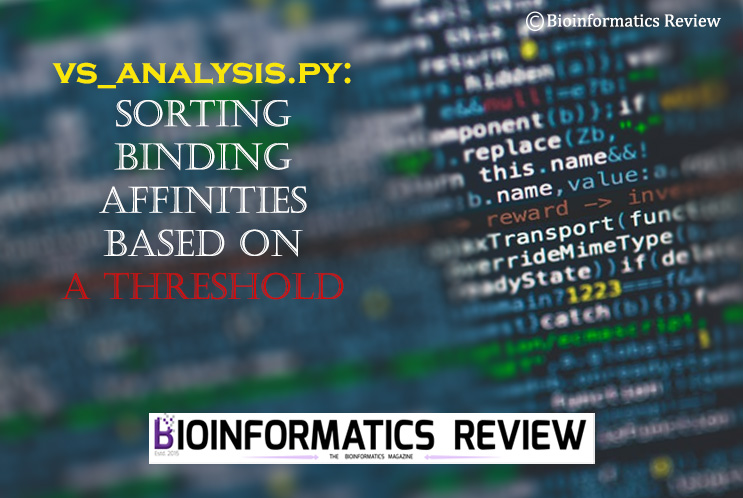
Previously, we have provided a Python script (vs_analysis.py) to analyze the virtual screening (VS) results of Autodock Vina. Now, we have updated this script to sort binding affinities based on user inputted cutoff value. (more…)
Docking
Virtual Screening using Autodock Vina: Frequently Asked Questions & Answers for Starters

Virtual Screening (VS) is one of the important techniques in bioinformatics. It can be easily performed using Autodock Vina. We have provided detailed articles on this topic. In this article, we are trying to answer some FAQs for beginners. (more…)
Docking
[Tutorial] How to perform docking of zinc metalloproteins using Autodock Vina?
![[Tutorial] How to perform docking of zinc metalloproteins using Autodock Vina?](https://bioinformaticsreview.com/wp-content/uploads/2021/10/zn.jpg)
Proteins containing zinc atoms are docked in a different way than that of the normal simple proteins. Zinc atoms must be considered by a force field during the docking process. In this article, we are going to dock zinc metalloprotein with a ligand using Autodock Vina [1]. (more…)
Docking
How to generate config file for docking using Autodock Tools?

A configuration file is one of the required files for docking using Autodock Vina. In this article, we are going to generate a config file using Autodock Tools GUI [1]. (more…)
Docking
How to install Autodock on Ubuntu (Linux) with CUDA GPU support?
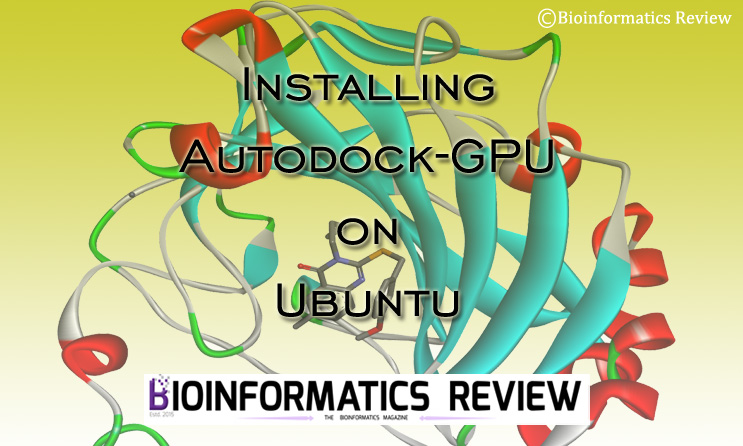
Autodock [1] is most widely used for docking. To accelerate the docking process, especially, during virtual screening, Autodock-GPU [2] provides great help. In this article, we are going to install Autodock-GPU on Ubuntu. (more…)
Docking
Autodock Vina: Uses & Applications
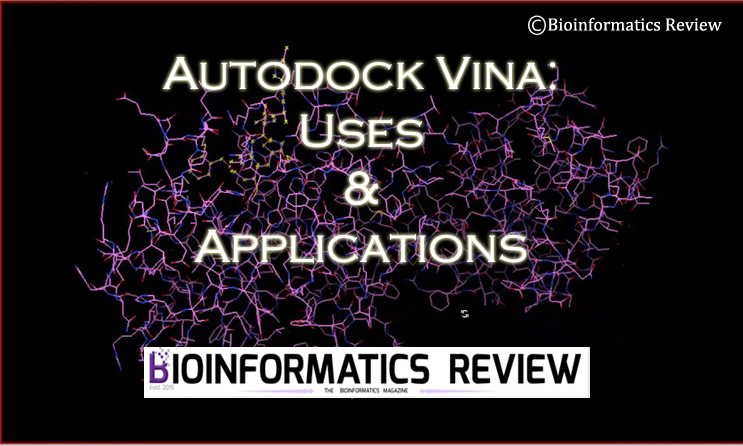
Autodock Vina [1] is one of the most widely used bioinformatics software for computational docking. For beginners and those who are new to the field of bioinformatics, such software may appear confusing without having an initial idea of what this software actually used for. In this article, we have discussed some of the primary uses and applications of Autodock Vina software. (more…)
Docking
How to perform virtual screening using Pyrx?
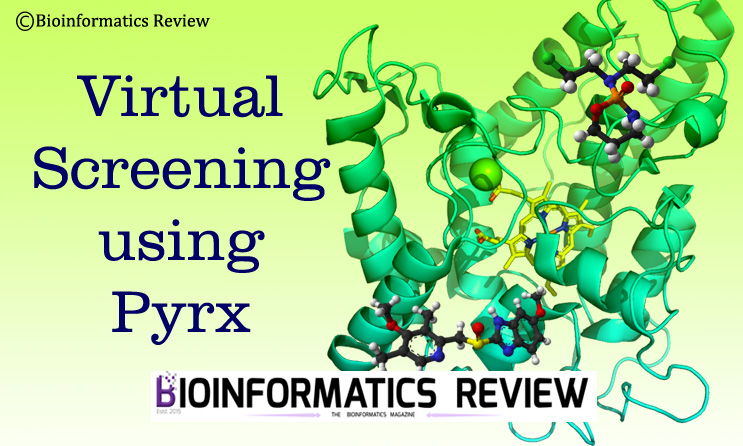
Pyrx is a bioinformatics tool to perform virtual screening [1]. We previously provided an article on performing simple protein-ligand site-specific docking using Pyrx. In this article, we are going to perform virtual screening using Pyrx. (more…)
Docking
How to perform metal ion-protein docking using idock?

Previously, we provided a tutorial on the installation of idock on Ubuntu (Linux). In this article, we are going to demonstrate the docking of a metal ion (such as Zn, Mg, Fe, etc.,) with a protein using idock. (more…)
Docking
How to install idock on Ubuntu?

idock [1] is a multithreaded software based on Autodock Vina. It is a virtual screening tool for flexible ligand docking. It also supports 27 different chemical elements including zinc, magnesium, iron, calcium, etc. In this article, we are going to install idock on Ubuntu. (more…)
Docking
How to analyze HADDOCK results using Pymol script generated from PRODIGY?
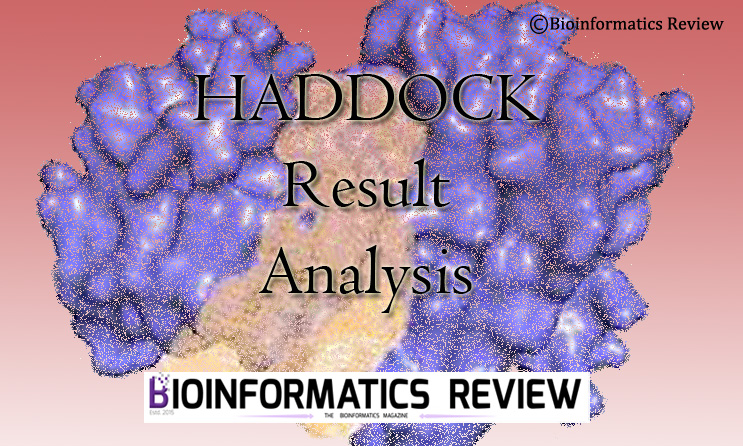
In one of our previously published articles, we demonstrated protein-protein docking using HADDOCK2.4 [1]. In this article, we are going to demonstrate the HADDOCK results analysis using a Pymol script generated from the PRODIGY server [2]. (more…)
Docking
Installing PatchDock on Ubuntu (Linux)
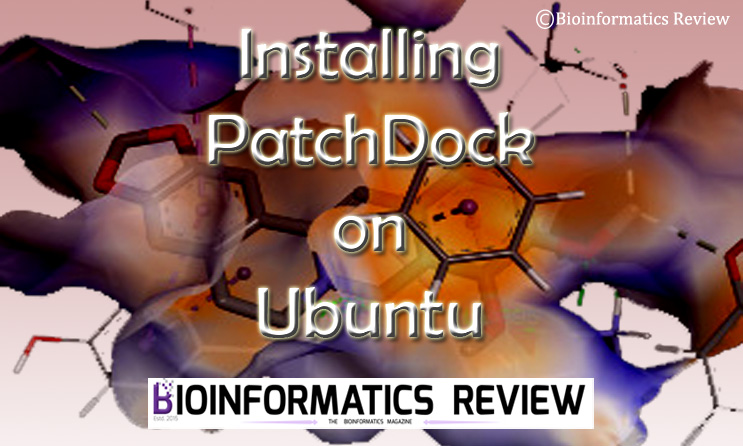
PatchDock is a docking algorithm that is based on the shape complementarity principle [1,2]. It performs molecular docking of any two types of molecules including proteins, DNA, drugs, and peptides. In this article, we are going to install PatchDock on Ubuntu (Linux). (more…)
Docking
Protein-protein docking using HADDOCK2.4 web server

HADDOCK2.4 web server (https://bianca.science.uu.nl/haddock2.4/) [1] is used for protein-protein docking and their modeling. Not only proteins, but it can also process peptides, small molecules, and nucleic acids. In this article, we are going to perform protein-protein docking. (more…)
Docking
How to perform site-specific docking using Pyrx?
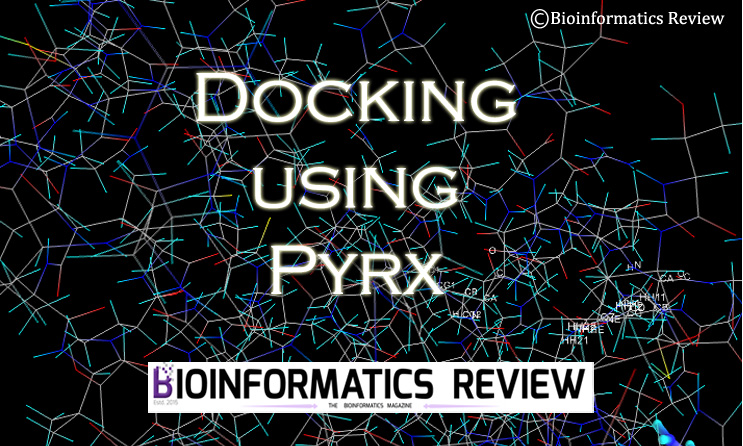
Pyrx [1] is a virtual screening software that allows the docking of multiple ligands with a target protein. Previously, we provided an article on the installation of Pyrx in Ubuntu. In this article, we are going to perform protein-ligand docking using Pyrx. (more…)



You must be logged in to post a comment Login